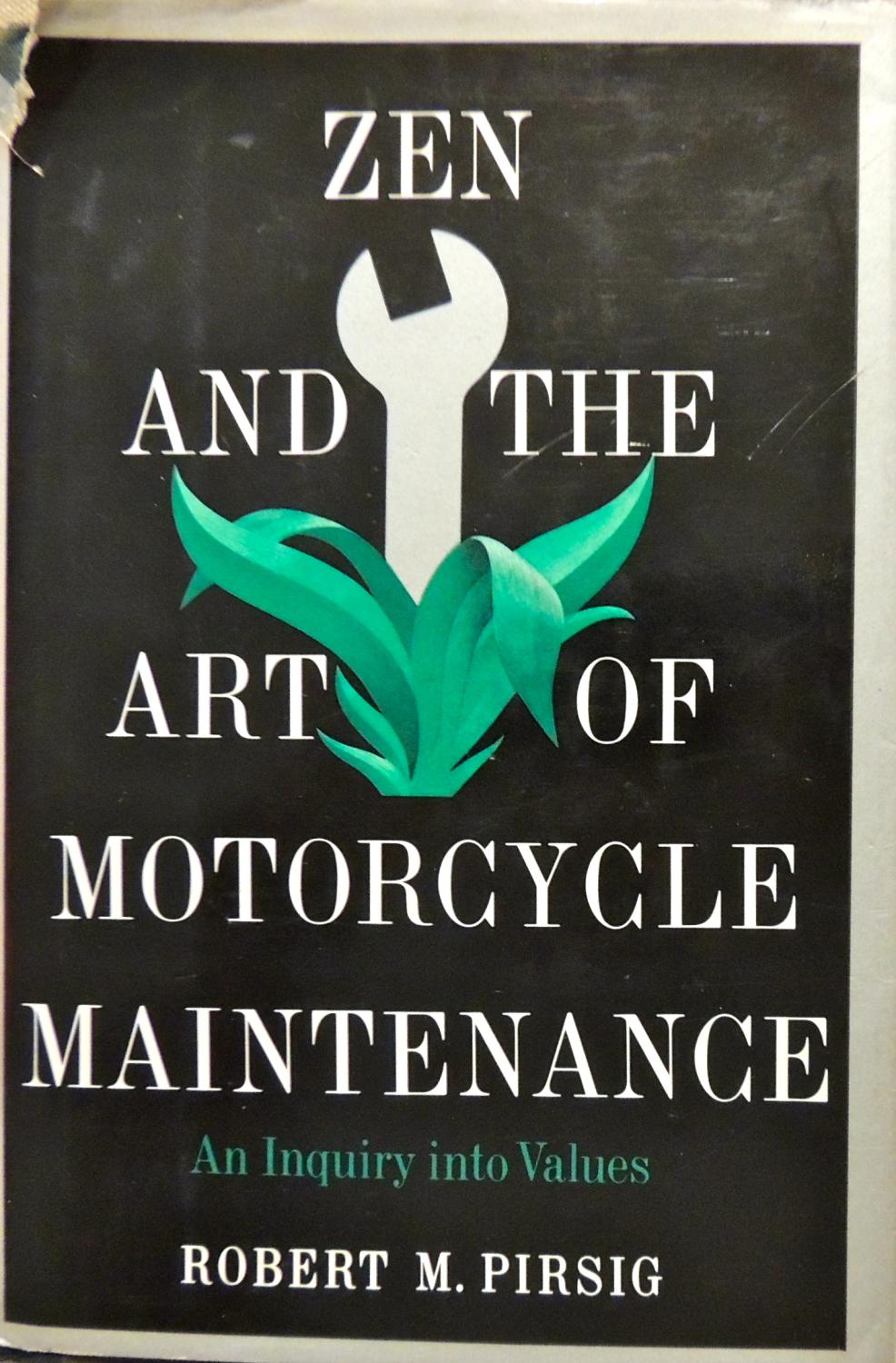In the vast expanse of literature that delves into the human experience, few works achieve the level of profundity and intrigue as “Zen and the Art of Motorcycle Maintenance.” This iconic text, written by Robert M. Pirsig, transcends the boundaries of a mere motorcycle maintenance manual. Instead, it becomes a philosophical treatise that invites readers to ponder the intricacies of technology, the nature of quality, and the quest for meaning in modern life.
At first glance, the book appears deceptively simple—a narrative recounting a motorcycle journey across the United States, accompanied by a father and son. However, as the journey unfolds, it becomes evident that Pirsig employs this road trip as a metaphorical vehicle to explore much deeper philosophical questions. The profound interplay between technology and the human experience serves as the centerpiece of Pirsig’s exploration, captivating the reader with its analytical depth.
The prose is rich and evocative, inviting readers not only to witness the journey but to participate in the reflection. Readers can expect to encounter a swirling amalgamation of memoir, philosophy, and technical know-how. Pirsig deftly weaves these elements together, creating a tapestry of narrative that is as intellectually stimulating as it is accessible. The father-son dynamic central to the story serves as a poignant frame, augmenting the thematic exploration of communication, understanding, and emotional connection.
Throughout the narrative, Pirsig contrasts two divergent ways of understanding and interacting with the world: the rational and the romantic. The rational approach prioritizes analysis, logic, and efficiency—qualities embodied by the meticulous maintenance of a motorcycle. Conversely, the romantic perspective appreciates beauty, spontaneity, and the emotional resonance of experiences. This dichotomy offers readers the opportunity to reflect on their own inclinations and beliefs, prompting a nuanced inquiry into how philosophy permeates everyday life.
Pirsig’s definition of “Quality” is perhaps one of the most pivotal themes explored in the book. He posits that Quality is not an easily definable concept, nor can it be confined to rigid categories—it exists in a state of flux, interwoven with a blend of subjective and objective elements. The reader will find themselves embroiled in Pirsig’s quest to define Quality, which serves as an intellectual anchor throughout the journey. This exploration urges readers to reconsider their perceptions of art, craftsmanship, and existence itself.
Furthermore, the author introduces the concept of the “Classic” and “Romantic” modes of understanding, illustrating how both can coexist to enrich one’s experience. This analogy resonates deeply with readers who may identify with either perspective—or perhaps find themselves straddling the line between the two. Pirsig’s deliberate navigation of these modes encourages a holistic viewpoint, fostering a deeper appreciation for both analytical and emotional lenses through which we view the world.
The philosophical inquiries prompted by the book do not stop at the individual level. Pirsig delves into societal implications of technology and how it shapes our lives. He analyzes the ways in which society has distanced itself from authentic experiences through a reliance on technology. The narrative provokes thought regarding the trade-offs we make as we become increasingly entangled in the web of modern existence. Readers are invited to question: does technology elevate our experience, or does it create a chasm between us and the world we inhabit?
In addition to its philosophical depth, the text is imbued with practical wisdom. Motorcycle maintenance itself becomes a metaphor for careful stewardship of our lives. The act of repairing, maintaining, and cherishing the motorcycle symbolizes broader themes of care, responsibility, and mindfulness. Readers gain insights on the importance of attention to detail, patience, and dedication—qualities essential not only in maintaining machinery but also in cultivating meaningful relationships and pursuing a fulfilling life.
Readers will also appreciate the lyrical quality of Pirsig’s writing. The narrative flows with a poetic rhythm, blending rich imagery with thoughtful introspection. Descriptive passages vividly evoke the sights, sounds, and sensations of the open road, immersing readers in the experience of the journey. This artistry in prose invites readers to savor each moment, exploring the interplay between language and thought—a core element of Pirsig’s philosophical inquiry.
Moreover, “Zen and the Art of Motorcycle Maintenance” transcends its temporal context. Though written in the 1970s, its themes remain strikingly relevant. In an age dominated by rapid technological advancements and social media, the book serves as a clarion call for mindfulness and deeper engagement with our surroundings. It challenges the reader to cultivate a renewed relationship with both technology and the natural world, a notion that resonates strongly in our contemporary society.
Ultimately, Pirsig’s masterful interplay of narrative and philosophy encourages a reflective dialogue between the reader and the text. The journey of motorcycle maintenance becomes an emblematic pilgrimage, a quest that traverses the terrains of thought and emotion. This is not merely a book about motorcycles; it is a meditation on life itself, urging readers to question, reflect, and aspire towards a richer, more engaged existence.
In conclusion, “Zen and the Art of Motorcycle Maintenance” offers an enriching tapestry woven from the threads of philosophy, technology, and human connection. Readers embarking on this literary journey can anticipate profound insights, compelling narratives, and the tantalizing exploration of life’s greatest questions. As the miles unwind and the narrative unfolds, one emerges not just as a passive observer but as a contemplative traveler on the road of self-discovery.
